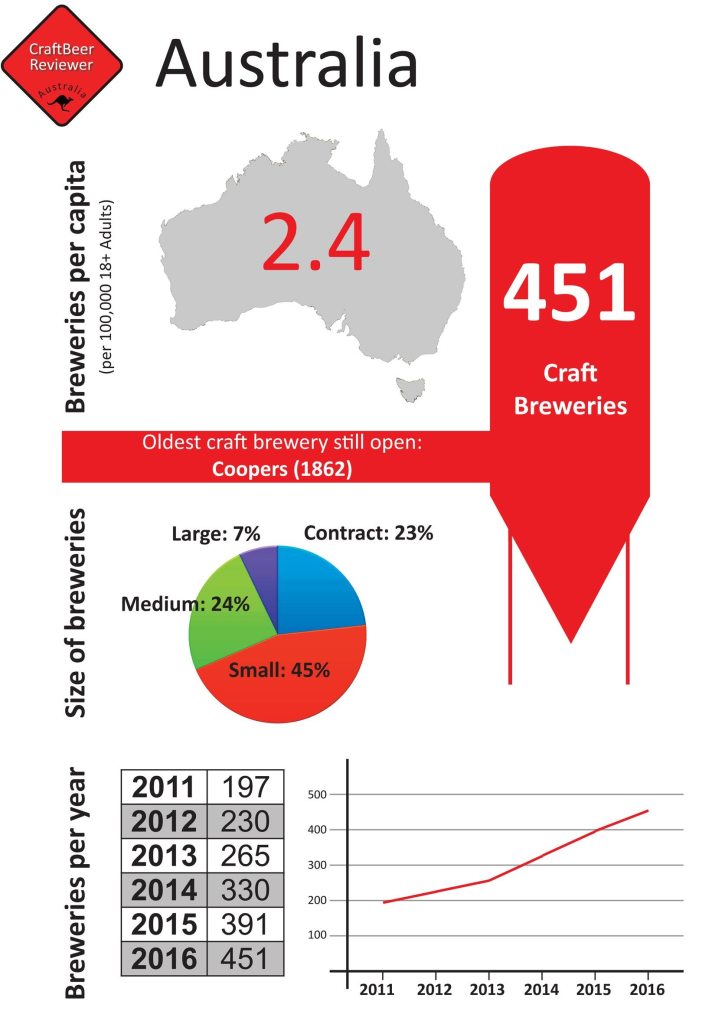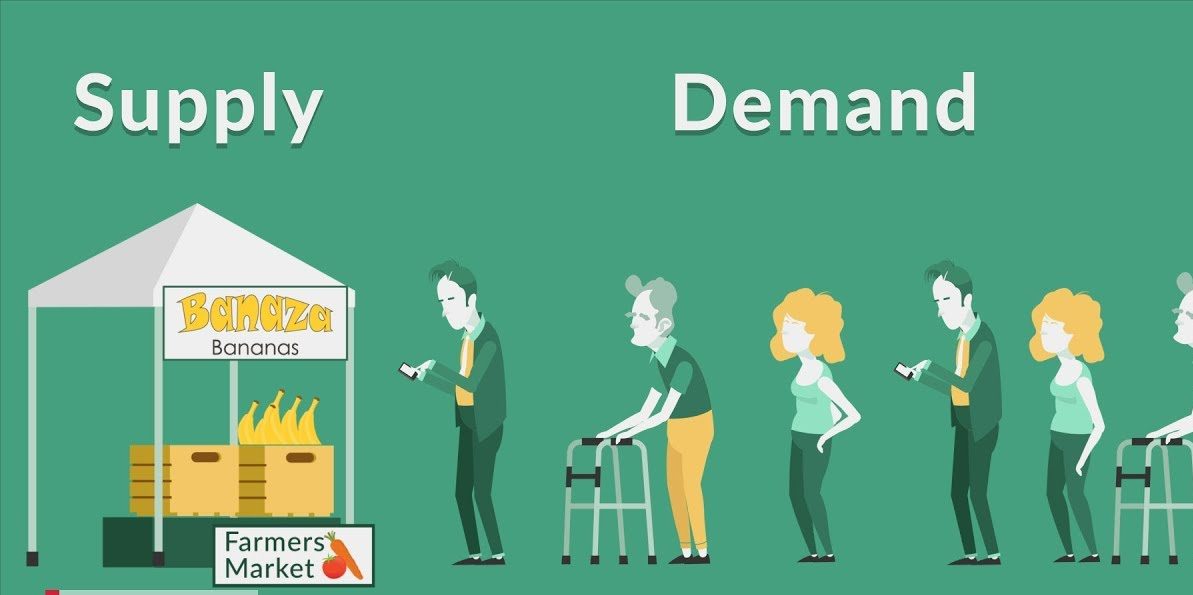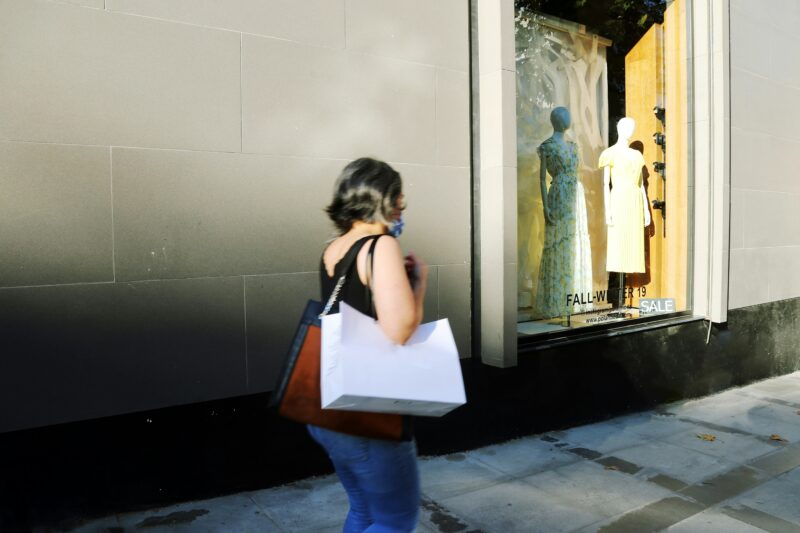Does increased choice grow or kill local economies?
Consumers are spoilt for choice. More alternatives allows consumers to explore, experiment and try something new. It may often be more so chaos and confusion for consumers, and a lack of critical mass of customers for businesses looking to sustain and grow.
I recall a decade or so ago doing research with one of the peak Australian wine bodies, and analysing the long tail of the nation’s more than 2,000 wine producers. Around a third of these in South Australia alone. There are currently approaching 700 wine producers in South Australia. That’s a lot of wine choice for those wishing to explore.
The sense in the wine research was that the relatively small number of large wine producers at the front end continue to grow and accumulate smaller wine producers into their portfolio, and many of the small wine producers at the back end likely to struggle and die, if unable to standout from the pack.
Differentiation can be hard in wine – the label, varietal, a good reputation and/or reviews, or making it easier to the connoisseur by being produced within a respected wine region. A cornucopia of choice is simply a reality of the wine industry, which makes it great for the curious consumer, yet likely challenging for some producers.
More recently we have been working on a large research study about beer, and it has been interesting to observe the category offering more and more choice as micro brewing explodes in popularity.
There is an increasing level of choice for beer consumers, old and new, yet to a large extent the beer category is not growing, at least to the same rate of new beer producers.
There are attempts to welcome new beer consumers, and be more welcoming to females, yet beer consumers have ever been heavily skewed male, and 2020 statistics see an 79:21 skew. While more producers can increase market size, the general situation is more brands competing for the same market. For markets such as craft beer, with low entry costs, it is fair to predict an increased number of alternatives in coming years. Over the past decade there has been a rapid growth in the number of craft beers in Australia from around 197 in 2011 to 501 2017 (and continuing to grow).

What is interesting about products with lots of choice, such as wine and beer, when the consumer has power, is that purchase is often viewed as more so about exploration than habitual buying of one brand over another. Brand agnostic decision making. Apps such as UnTapped help beer consumers in their search and exploration.
When categories become less about brand and more about exploration, it has the potential of making it hard for individual producers to grow. In saying this, what is interesting amongst beer consumers, is that the relatively few big beer brands continue to attract by far the largest share of sales, and large craft brewers share the relatively small balance. It may be hard for many to survive.
Thinking back to my economics studies many years ago, more supply (e.g. more wine / beer producers, restaurants, bars, shops etc) theoretically pushes the equilibrium price down – i.e. the price when the demand and supply curves intersect, which again theoretically denotes the optimal market price. So in the absence of demand also growing, more suppliers in a market theoretically pushes prices down.

In such markets, wine, craft beer etc, the small business owners, and larger ones too, are faced with challenges of covering the costs of running a business and hopefully ending up making a profit to allow allow them to pay themselves a wage and to grow. Otherwise cash reserves and greater debt is required in order to survive.
In a market with more choice, more supply, theoretically prices are forced down, and also assuming demand for supplies go up, the cost of operating a business will go up for some business operators, as more are demanding the raw ingredients. This likely exasperates the challenge of operating a sustainable business – the perfect storm – prices being forced down as the cost of supplies go up.
The only way to survive in such a stormy market situation, is to increase the volume of sales or offer something customers are willing to pay more for than alternatives – higher quality, better experience, superior bundling or stronger brand reputation.

Often what kills a business in a market with lots of choice is …
- Lack of clear value (beyond price), which leads to
- lack of customers, which leads to
- declining cash, which creates a perceived need to further
- Cut value to customers and a loop back to.
In an environment such as Covid when customer levels have been majorly pruned back – one seat, empty seat, one seat, empty seat … – the need to offer ‘value’ above and beyond other choices grows.
It would seem that the key to success is not to add more choice, but standing out from the crowd. Ideally operating when there are no, or few competitors, yet ideally stand out from the crowd. Rather than starting a new winery or microbrewery, sell something they all need that is hard to access – e.g. ingredients in productions, packing etc. Yet, nonetheless, if a business enters a competitive market offering a clear alternative.
More choice is not always good for an economy, it just drives prices down, theoretically, and makes it harder for some competitors to survive. The alternative is to find something new, a point of difference, and maximise the business’ slice of the market over another, to find a blue ocean, unique space …
“Stronger relationship model and unique superior product enticing new customer markets at a lower cost base.”
From ‘Making competitors irrelevant on squareholes.com
While we have referenced the dilemma of too much choice back to wine and craft beer, as they are extreme examples, most categories are more vanilla than rainbow, more fiercely competitive red ocean than blue – cafes, restaurants, medical services, building, retail, accounting and other professional services. Are generally all the same, within a variance based on staff and other minor factors.
The consumer generally loves choice, although research shows they are more so looking for the right choice rather than more.
“The opportunity for innovation is likely not more choice, but using systems, people, processes and technology to improve perceived risk and choice anxiety and allow more to make the right choice. Word-of-mouth continues to be the most trusted and relied on form of choice anxiety reduction.”
From Innovation to overcome choice anxiety on squareholes.com
Craft beer brands such as Pirate Life selling to CUB have created the shining light of future riches for many craft breweries, and many of the large beer groups and Mighty Craft are ever on the lookout for strong craft beer acquisitions. Yet, with more choice domestically and globally, the opportunities to exit and get rich are likely evaporating.
So, the question in all of this is how to ensure that entrepreneurs seeking to start a new business do not simply offer the market a photocopy of what is already available. Adequately understanding the market without fear or favor through independent research to analyse gaps and opportunities, and look at the category and truly think “where are there gaps and opportunities to resolve?”
In our research across categories, wine, beer and otherwise, there is a sense that the huge choice available is generally pretty boring.
No wonder so many businesses struggle to grow. Think of the businesses that grow and stand out from the crowd – Red Bull, Pirate Life, Apple.
“For businesses this comes back to being clear about the core strengths, market gaps and trends, and investing time and money into become a confident and resilient zen master in said sweet spot, ever perfecting their offering, the value, price and strategy”
From Bossing it on squareholes.com




